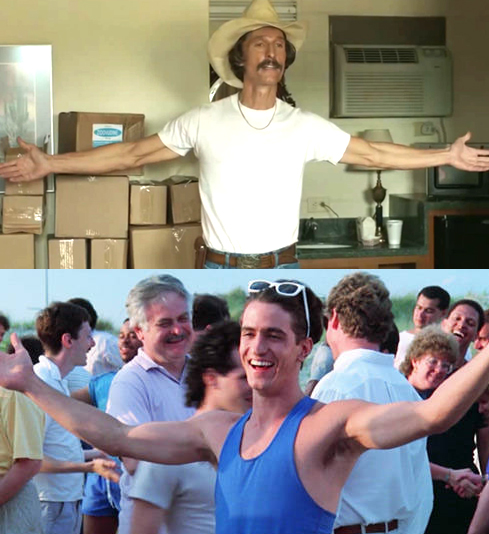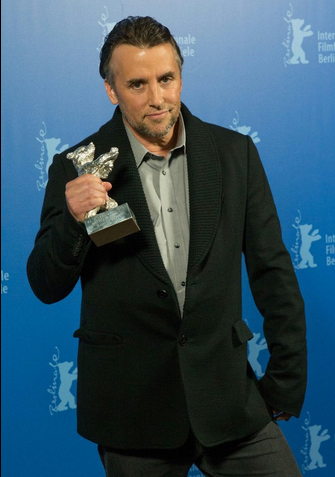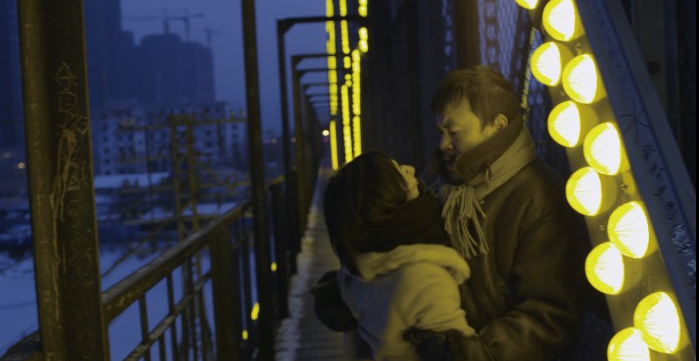CHUD James Franco to direct a film based on the making of bad movie everyone obsesses over which I haven't seen The Room. You guys, I can't even with Franco's lack of focus. I mean I don't dislike him. I think he's interesting but he is way too scattered.
In Contention on Santa Barbara's Robert Redford tribute
Guardian Valentino makes a gauche error, pimping the fact that Amy Adams carried a Valentino bag to PSH's funeral stating they didn't know it was a funeral photo. Um, everyone is in black and they look abso-depressed
MNPP who knew that Fran Kranz from Dollhouse had that chest under his clothes and why on earth didn't Joss Whedon exploit it on that oft-horny show?
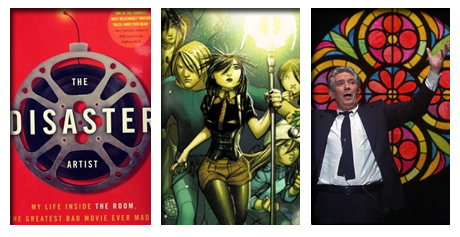
NY Times Maureen O'Dowd wonders what Network's Paddy Chayefsky would think of today's click-driven world with its total monetization of every editorial decision
Awards Daily a BAFTA members favorites
Coming Soon Gravity becomes only the third film (after Avatar and The Dark Knight Rises) to earn over $100 million from IMAX screenings alone
Variety the ongoing saga of "Alone Yet Not Alone" continues. It's now selling briskly and nominated for the faithbased MovieGuide Awards
i09 will The Runaways -- if Marvel ever makes it -- be their Godfather?
Salon talks to the director of The Great Beauty on Italy's Oscar dreams. (For those who are not aware Italy has the most Oscars in the Foreign Film category though France has the most nominations.)
Slate "You Still Have Control" Samantha Geimer ("The Girl in the Shadow of Roman Polanski") once again proves herself the smartest most well adjusted and least hysteric person in the room when it comes to the topic of sexual abuse cases - and she lived it! This is a must read for anyone who has struggled to move on from past traumas.
 And the Most Terrifying News of the Week
And the Most Terrifying News of the Week
We're hearing from Coming Soon that John Travolta will be playing Gummy Bear, or Gummibear if you prefer or are European, in an upcoming animated film version of the yummy treat. The character designs look hateful, really and not much like the actual food stuff.
Frankly, I don't see the point in a Gummy Bear movie when the deliciousness was already twice immortalized via Robot Chicken and Hedwig and the Angry Inch...
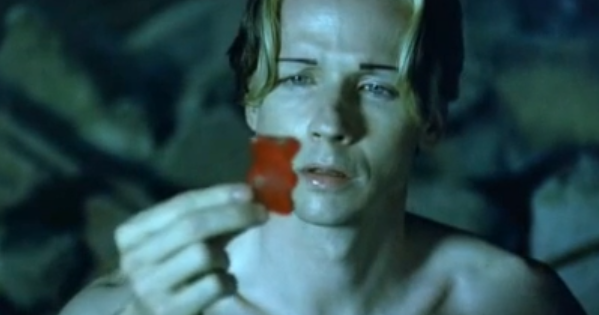
Luther: You must like candy.
Hansel: I like Gummi Baerchen
 Thursday, February 27, 2014 at 8:30PM
Thursday, February 27, 2014 at 8:30PM 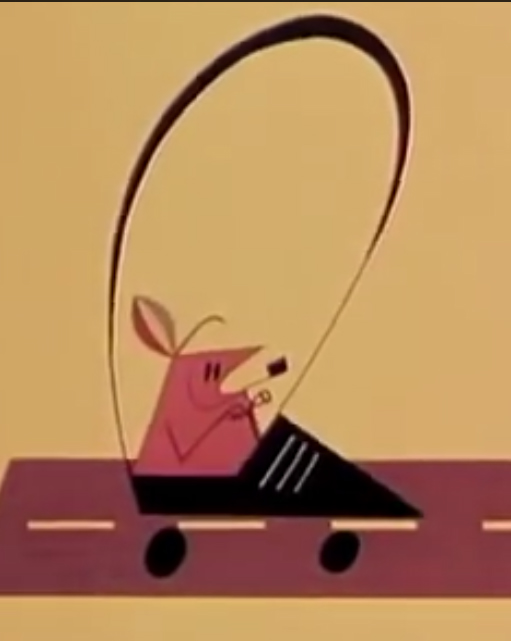 Tim here. With the Oscars just a couple of days away, I assume we’re all much too keyed up with anticipation to want to think about anything else. I am, certainly. But to live up to my mission as the resident animation guy at the Film Experience, I thought I might offer up a quick break in the action without heading too far afield from the Oscars. To wit, I’d like to offer up a quick sampling of some of my personal favorite winners of the Academy Award for Best Animated Short Film from across the 81 years that the prize has been given out. With a twist: seeking to keep clear of the major studio dominance of that category for much of its early life (and, as last year’s Paperman and probably this year’s Get a Horse! demonstrate, its later life as well), I’ve tried to pick only films which are at least at little bit more obscure than others. Enjoy!
Tim here. With the Oscars just a couple of days away, I assume we’re all much too keyed up with anticipation to want to think about anything else. I am, certainly. But to live up to my mission as the resident animation guy at the Film Experience, I thought I might offer up a quick break in the action without heading too far afield from the Oscars. To wit, I’d like to offer up a quick sampling of some of my personal favorite winners of the Academy Award for Best Animated Short Film from across the 81 years that the prize has been given out. With a twist: seeking to keep clear of the major studio dominance of that category for much of its early life (and, as last year’s Paperman and probably this year’s Get a Horse! demonstrate, its later life as well), I’ve tried to pick only films which are at least at little bit more obscure than others. Enjoy!


